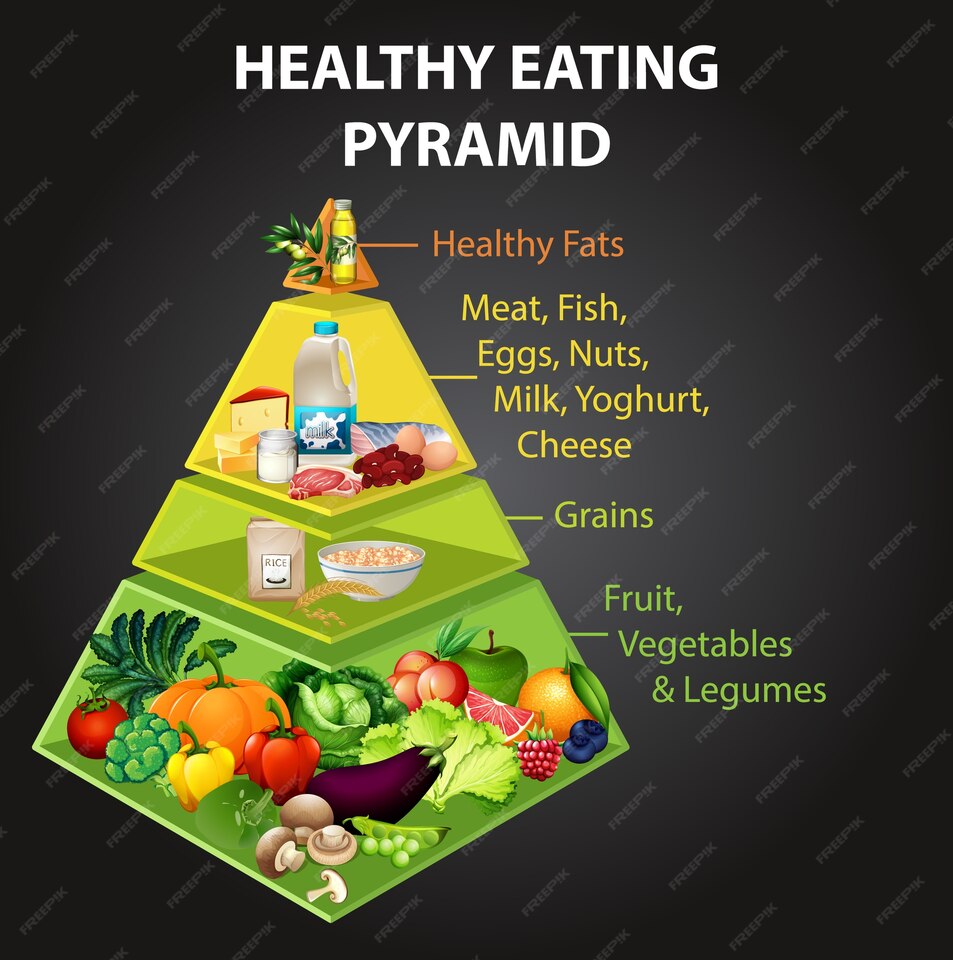Understanding the Impact of Obesity on PCOS and How to Manage It 💣⏳ OBESITY is damaging the world. Lets spread some awareness about Obesity and PCOS. 📡Globally, 1.55 million women of reproductive age experience PCOS, resulting in 0.43 million disability-adjusted life-years (DALYs). In 2017, the age-standardised incidence rate of PCOS, among women of reproductive age, was 82.44 per 100,000 population. (Research source: https://lnkd.in/gFzhXYMq) Although the underlying causes are not well identified, Obesity was found to be one of the major causes for PCOS. What is PCOS? Polycystic ovarian syndrome is a lifestyle disorder ,a hormonal condition that can happen during childbearing years in the woman. 🧬Genetics may play a huge role in this but the risk factors can be insulin resistance , obesity from the puberty. Ovaries will be impacted badly by this. Female reproductive organs develop “n” number of small collective fluids called Follicles and due to the hormonal imbalance, they may form into small sac type cysts on the outer edges. 📊Observations: 1.Excess hair Growth 👩 2. Acne 3. Obesity. 📈Results: 1. This can lead to missed or irregular menstrual cycles. 2. Difficult for the egg to fertilize.🤰🏾👪 📍Remedies: Losing weight 🚶 along with proper nutritious food 🌽 🥕 🧄 🧅 🥙 by consulting Fitness expert, Nutritionist and a Dietician can help improve the condition and also to reverse the bad effects caused by it.💪🏽⛹️♂️ You can check my post here If you are wondering what exactly is “NUTRITION” : https://lnkd.in/gXYNDrTQ Additional Suggestions: In addition to lifestyle changes, medical treatments can also be considered. Doctors may prescribe medications to regulate menstrual cycles, manage symptoms such as excess hair growth, and address insulin resistance. However, these treatments should always be discussed with and supervised by a healthcare professional. Maintaining a healthy weight is crucial not only for managing PCOS but also for overall well-being. Regular physical activity, a balanced diet rich in fruits, vegetables, whole grains, and lean proteins, and avoiding processed foods and sugary drinks can make a significant difference. Furthermore, mental health support is essential, as dealing with PCOS can be challenging. Counseling or support groups can provide emotional assistance and practical advice. Profile to my linkedin: https://www.linkedin.com/in/sivasandilyaraghava/ Instagram: https://www.instagram.com/raghavasivasandilya/
Understanding Macronutrients and Micronutrients
Macronutrients and Micronutrients Explained: The Key to Balanced Nutrition and Optimal Health The Nutritional Misconception: Understanding the Balance Between Food and Health In today’s dietary landscape, misconceptions abound. Generally People consider Vegetables 🌽 🥕to be source of fiber, Paneer and Chicken🍗 to be sources of protein and cheese🧀 a very good source of fat and end up eating a Burger🍔or a sandwich🥪. These burgers/ Sandwiches are high in calories. Understanding the Caloric Trap: Another example is Biryani🧆. Consider a daily calorie requirement of around 2000 (varies) with a deficit of 1800 calories needed for weight/fat loss. Chicken biryani contains 360 calories per 500g, with 56g carbs, 16g protein, 8g fat, and 15g from other nutrients. A kilogram of biryani equals approximately 720 calories (source: Google). Eating biryani three times daily totals less than 1500 calories, aiding weight/fat reduction, but isn’t conducive to overall health. This pertains to the Basics of Nutrition. Now if you wonder what is Nutrition and wanted to know more..?? Here it goes.. Nutrition encompasses the food we consume and its impact on our bodies. It includes three main types of nutrients: Macronutrients: Proteins, fats, and carbohydrates. Micronutrients: Vitamins and minerals. Inorganic: Water and oxygen. Together, these form a complete nutrition package crucial for our health. How we eat and the effects on our bodies greatly influence our overall well-being. Understanding Nutrition: Impact on Health and Well-being Nutrition is crucial for maintaining good health. It can be categorized into two types: good nutrition and malnutrition, the latter of which includes undernutrition and overnutrition. Undernutrition occurs when the body lacks sufficient nutrients, leading to poor health, weakness, and increased susceptibility to infections. Overnutrition results from an excess of nutrients, which can have adverse effects on the body. Contrary to popular belief, even obese individuals can experience malnutrition. Research has shown that malnutrition, in any form, poses a significant threat to human health, according to the World Health Organization (WHO). Conclusion: Understanding nutrition goes beyond calorie counting. While foods like burgers, sandwiches, and biryani may fit into a daily calorie limit, they often lack the balanced nutrients necessary for optimal health. A well-rounded diet should include a balance of macronutrients (proteins, fats, and carbs), micronutrients (vitamins and minerals), and inorganic elements (water and oxygen). Recognizing the difference between good nutrition and malnutrition is crucial for maintaining overall well-being. Prioritizing nutrient-rich foods supports long-term health according to WHO guidelines.



